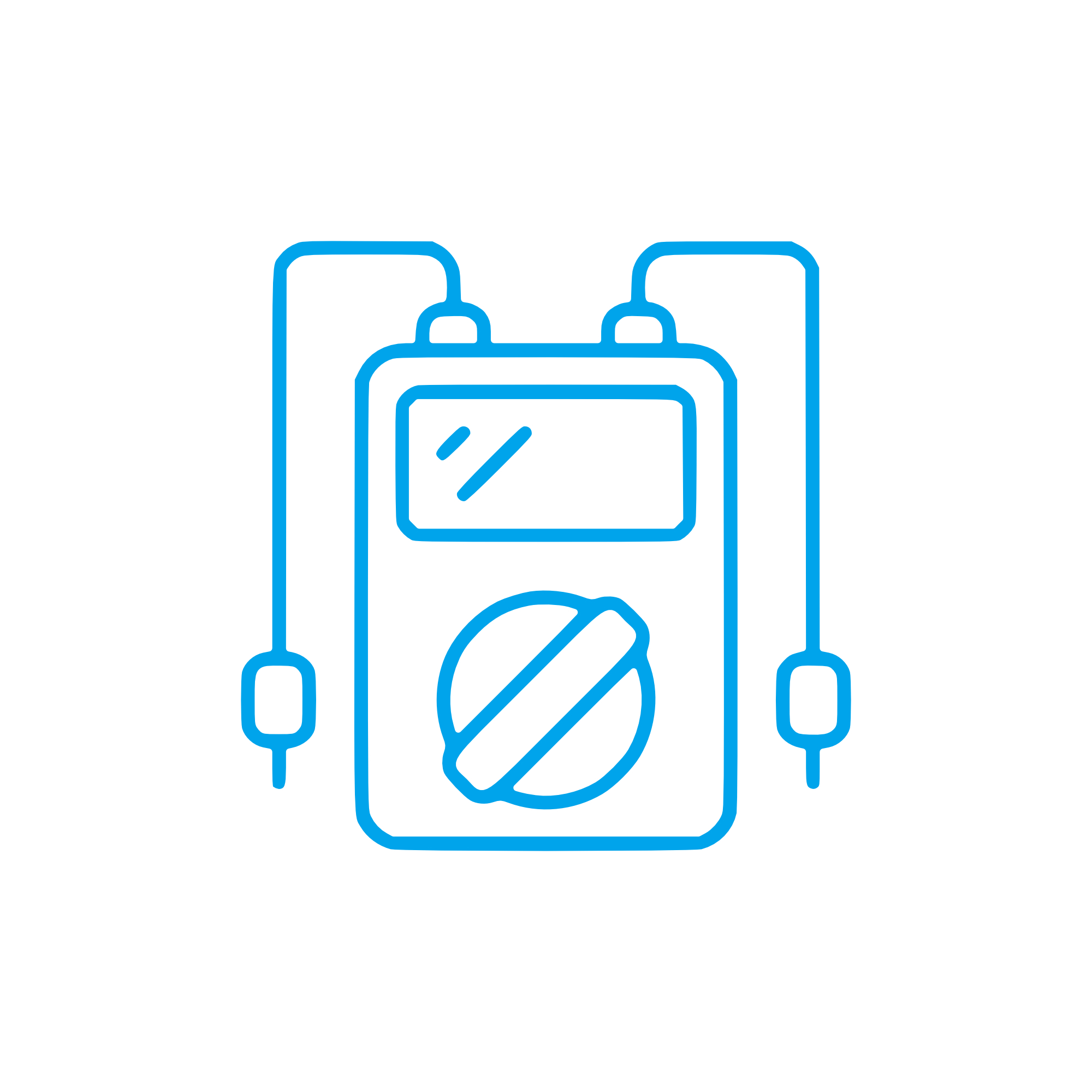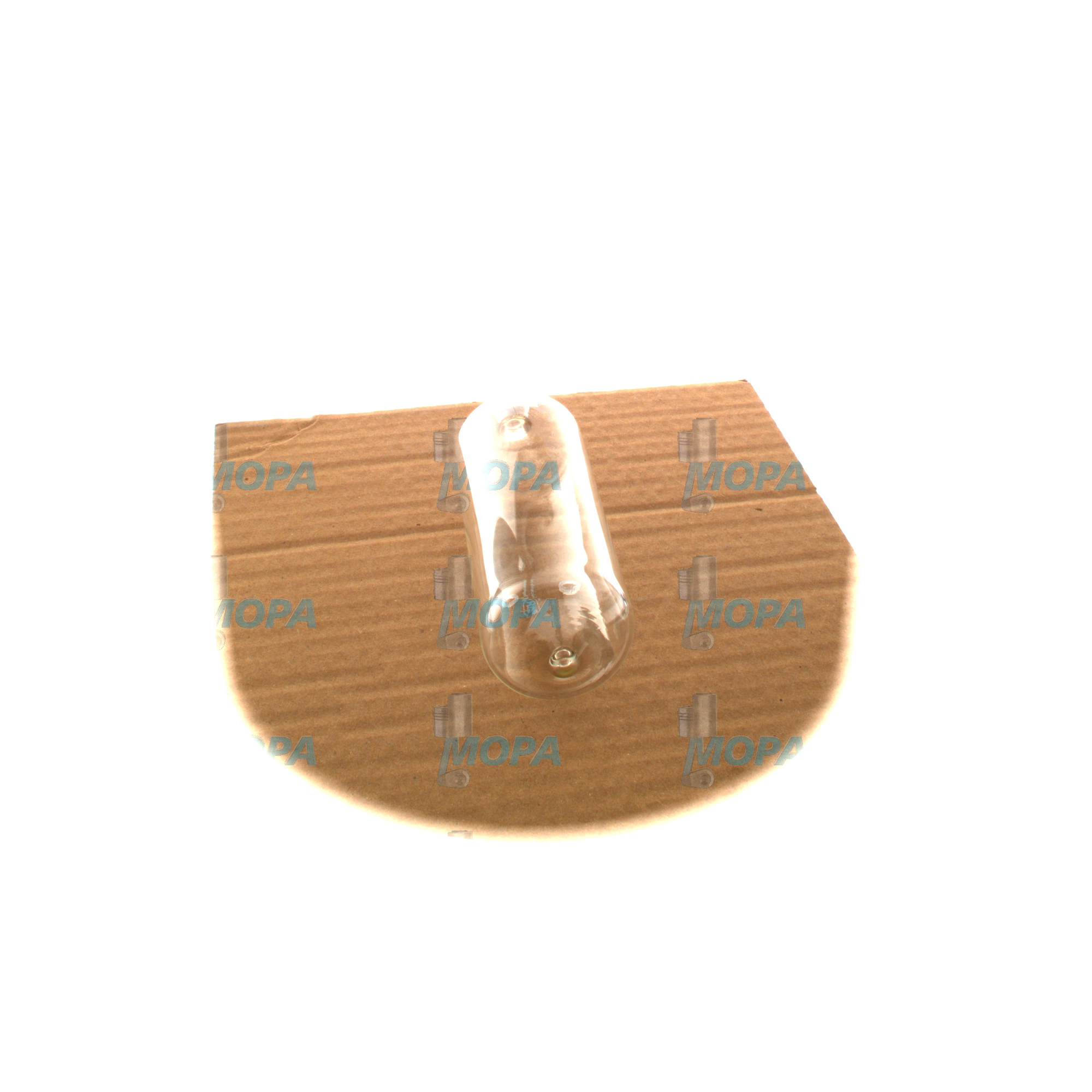FLOAT gauges and sensors for dependable engine monitoring
Gauges and sensors form the sensory network of any propulsion plant or power unit. In the category “Gauges and sensors” you will find precision components that convert mechanical, thermal, hydraulic, and chemical phenomena into actionable data for displays, controllers, and alarms. From pressure and temperature to level, flow, vibration, and speed, these devices keep marine propulsion systems, diesel engine gensets, and gas engines within safe operating windows and help decision‑makers optimize availability and lifecycle costs. A FLOAT assembly is a core element within this category, widely used for liquid level measurement in fuel, lube oil, and coolant circuits where robust, unambiguous readings are critical.
Whether installed on a main engine, auxiliary generator, or compressor skid, gauges and sensors deliver the real‑time insight maintenance teams and automation systems rely on. Integrated with alarm panels, PLCs, or engine control units, they protect machinery from overheating, lubrication failure, cavitation, cylinder imbalance, and fuel starvation—events that can escalate quickly at sea or in continuous-duty plants. FLOAT marine engine level senders, pressure transmitters for lube and fuel rails, PT100 temperature probes, pyrometers/thermocouples for exhaust gas temperature, and tachometers together provide a complete status picture for safe, efficient operation.
Technical function of gauges and sensors with FLOAT in marine and diesel engine systems
Gauges display measured values locally (analog or digital), while sensors and transmitters convert those values into electrical signals for the control system. Typical outputs include 4–20 mA, 0–10 V, pulse/frequency, CAN J1939, or NMEA 2000. The controller interprets signals, filters noise, and triggers actions: start transfer pumps when a FLOAT diesel engine day tank falls below a threshold, derate power on high charge‑air temperature, or initiate alarms on low lube oil pressure. This closed‑loop behavior stabilizes performance, reduces fuel consumption, and protects critical parts such as bearings, liners, and turbochargers.
Level measurement is a prime example. A FLOAT sender consists of a buoyant element that tracks the liquid surface and actuates reed switches or a potentiometric track along the stem. In a rolling vessel, well‑designed FLOAT marine engine sensors use damping and stepwise switching to avoid alarm chatter. In diesel day tanks, these sensors feed the automation with stable level values for automatic transfer control and air‑ingress prevention. For cooling systems, a FLOAT device in the expansion tank protects against low coolant, preventing localized hot spots and head gasket stress.
Beyond level, gauges and sensors cover all vital points: oil and fuel pressure transducers, PT100/PT1000 and NTC temperature probes, exhaust gas thermocouples for cylinder balancing, boost and scavenge air pressure transmitters, differential pressure sensors for filter condition, vibration and bearing temperature monitors, and shaft speed pickups. Together they enable precise engine mapping, protect rotating equipment, and maintain compliance with class, emission targets, and safety policies.
- · Accurate, stable measurement under vibration and temperature extremes.
- · Interfaces matched to engine automation (4–20 mA, CAN J1939, NMEA 2000).
- · FLOAT level senders with optimized damping for marine roll and pitch.
- · Materials suited to fuels, oils, and coolants (e.g., 316L, brass, fluoroelastomers).
- · Tight ingress protection and EMC robustness for engine‑room environments.
- · Calibration and scaling that align with PLC/ECU setpoints and alarms.
Importance of gauges and sensors for engine reliability and service life
Reliable measurement is fundamental to uptime. If a pressure transmitter drifts, the system may over‑ or under‑lubricate bearings, inviting wear or energy losses. A sluggish temperature sensor can mask rising thermal stress until it is too late. A sticking FLOAT in a fuel day tank can cause false high readings, leading to fuel starvation, air in the lines, and hard starting. Corroded connectors or moisture ingress in sensor housings produce intermittent faults that trigger nuisance trips, disrupt voyage schedules, and complicate fault‑finding.
Conversely, well‑specified gauges and sensors maintain the right oil viscosity through temperature control, keep turbocharger speed within limits via EGT monitoring, and avoid unplanned stops through early detection of filter clogging. The cumulative effect is extended component life, cleaner combustion, reduced maintenance interventions, and predictable operating costs—benefits that owners, superintendents, and technical buyers value.
Advantages of OEM spare parts suitable for gauges and sensors
When replacing measurement devices, form‑fit‑function alignment is crucial. OEM spare parts suitable for gauges and sensors match the engine maker’s calibration curves, mounting threads (BSP/NPT), electrical connectors, and scaling. This minimizes commissioning time, preserves controller logic and alarm thresholds, and removes the need to rewrite PLC code or re‑engineer brackets and harnesses. FLOAT OEM parts use the correct reed‑switch spacing and buoyancy geometry for the specified tank height and fluid, ensuring consistent level accuracy from full to low‑low.
Materials and tests also matter. Parts built to the same specifications employ corrosion‑resistant housings, seals compatible with diesel, HFO, or synthetic oils, and vibration/EMC robustness suited to engine‑room realities. These attributes protect data integrity, reduce nuisance alarms, and stabilize long‑term measurement fidelity—directly supporting performance, reliability, budget control, and service life across diesel and gas engines.
MOPA — your partner for OEM spare parts gauges and sensors
MOPA supplies a comprehensive range of OEM spare parts for gauges and sensors, including FLOAT marine engine level senders, pressure and temperature transmitters, and exhaust gas thermocouples for both diesel and gas engines. Customers value our speed in sourcing and logistics, consistent product quality, and secure, transparent handling of documentation and traceability. With technical know‑how and a global supply network, we help you shorten downtime, standardize fleets, and de‑risk critical maintenance events.
Conclusion
Gauges and sensors—especially robust FLOAT solutions for level measurement—are indispensable for safe, efficient engine operation. Selecting OEM spare parts suitable for gauges and sensors preserves measurement accuracy, simplifies integration, and protects your asset’s performance and service life.



